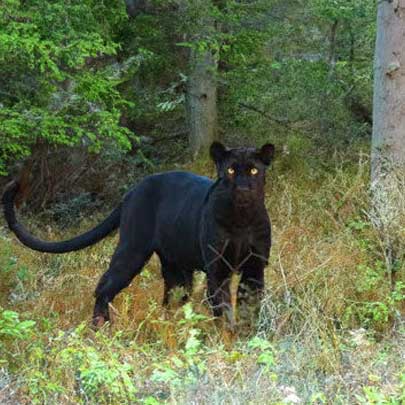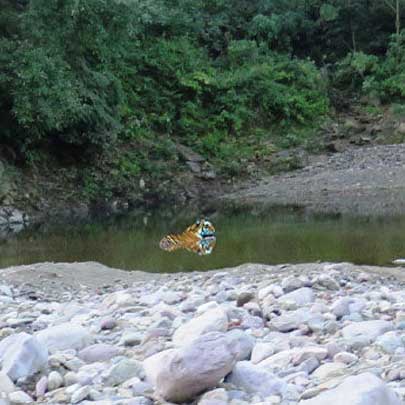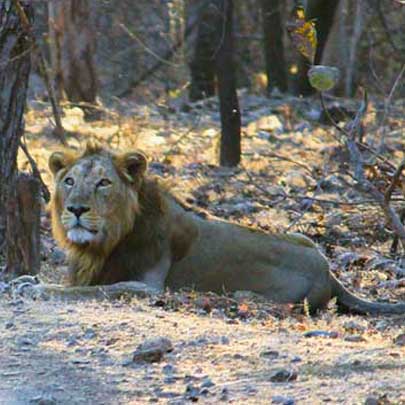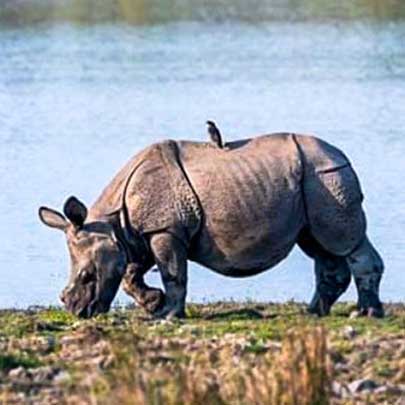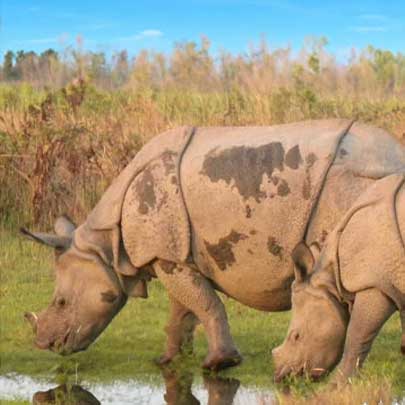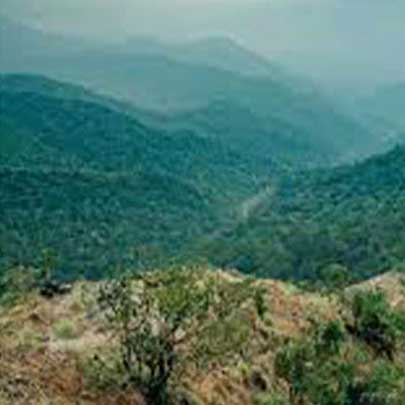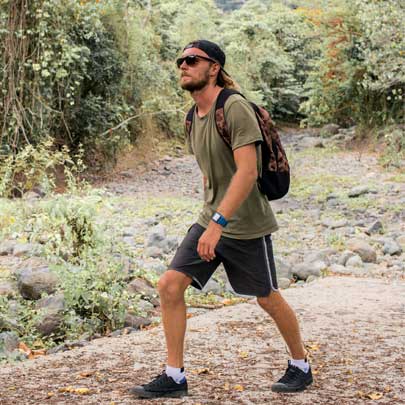How Eco-Tourism Supports Local Communities in Uttar Pradesh
How Eco-Tourism Supports Local
Communities in Uttar Pradesh
Uttar Pradesh, known for its iconic temples, rivers, and heritage cities, is increasingly stepping into the spotlight for a different reason: eco-tourism. This form of responsible travel to natural areas doesn’t just celebrate nature — it empowers local communities, forests conservation, and creates sustainable livelihoods.
In Uttar Pradesh (UP), where rural populations are often marginalized in mainstream economic development, eco-tourism offers a lifeline. From tribal settlements in the Terai belt to farmers in Bundelkhand, eco-tourism is helping transform lives — one forest trail, birdwatching tour, and homestay at a time.
Let’s explore how eco-tourism in UP is uplifting local communities, and spotlight Wildlense, a key player in promoting ethical wildlife experiences and community engagement.
🌿 What Is Eco-Tourism?
Eco-tourism refers to responsible travel to natural areas that:

- Conserves the environment
- Respects local culture
- Improves the well-being of local people
It’s not about five-star luxury in a jungle — it's about authentic, sustainable experiences that benefit both nature and native communities.
In UP, eco-tourism initiatives are increasingly focused on:
- Involving tribal and rural communities
- Promoting handcrafted and local products
- Offering eco-friendly accommodations
- Educating travellers about wildlife and culture
🐅 Eco-Tourism Hubs in Uttar Pradesh That Empower Communities
1. Dudhwa National Park – Home of the Tharu Tribe

Located in the Terai region bordering Nepal, Dudhwa National Park is one of India’s finest tiger reserves. But beyond the big cats, the park is also home to the Tharu tribal community, who have lived in harmony with the forest for generations.
Thanks to eco-tourism:
- Tharu villagers are trained as naturalist, guides and trackers
- Locals offer traditional Tharu homestays
- Women sell forest-based handicrafts and organic produce
- Seasonal festivals like Tharu Utsav attract responsible tourists
This boosts household incomes, encourages cultural preservation, and helps protect forest resources.
2. Soor Sarovar Bird Sanctuary – A Heaven for Artisans and Eco-Guides
Near Agra lies the Soor Sarovar Bird Sanctuary, a protected wetland that draws migratory birds and curious travellers.
With increased eco-tourist footfall:
- Local youth are trained in birdwatching and eco-guiding
- Women’s groups sell handmade jute bags and eco-souvenirs
- Farmers benefit from organic farming training to supply to eco-lodges
The sanctuary, once under threat from pollution and neglect, is now a center of community-led conservation.
3. Pilibhit Tiger Reserve – Where Villagers Become Conservation Ambassadors

The Pilibhit Tiger Reserve, known for its lush sal forests and healthy tiger population, is also a model of community-based eco-tourism. Forest villages around the park participate in running eco-camps, treks, and van melas (forest fairs).
These initiatives:
- Provide employment for guides, cooks, and rickshaw pullers
- Support folk artists and storytellers
- Encourage villagers to protect instead of poach
Tourists, in turn, gain real insight into the rural-forest interface, while contributing directly to grassroots economies.
🌾 How Eco-Tourism Directly Supports Local Livelihoods
Here’s how eco-tourism is transforming lives across UP:
🧭 1. Employment in Guiding, Homestays, and Transport

Local youth are trained in:
- Wildlife interpretation
- Nature trail leadership
- Hospitality and eco-lodge management
This reduces migration to cities and keeps cultural roots intact.
🪔 2. Revival of Traditional Crafts and Cuisine
Eco-tourists seek authentic experiences — whether it’s eating millet-based Tharu meals or buying handwoven bamboo baskets. This encourages:
- Artisan cooperatives
- Women-led enterprises
- Cultural pride and continuity
🌿 3. Incentive for Conservation
When villagers earn money from healthy forests, they become guardians of nature, not exploiters. Forest degradation and wildlife conflict decline when people see value in preserving biodiversity.
👩🌾 4. Support for Organic and Sustainable Farming
Eco-lodges often source food locally, promoting:
- Chemical-free farming
- Local seed saving
- Agroforestry
Farmers see better yields and more stable incomes.
🔍 Spotlight: Wildlense – Wildlife with Purpose
One of the leading lights in UP’s eco-tourism movement is Wildlense Eco Foundation — a passionate group that believes in responsible wildlife tourism that gives back to nature and people.
🌐 Visit them here: https://wildlense.com
Founded by conservationists and naturalists, Wildlense works primarily in Pilibhit and other forests of North India, offering:
✔️ Ethical Wildlife Tours
- No disturbance to animals
- Certified naturalist guides from local communities

✔️ Community Engagement
- Training of tribal youth as nature guides
- Conducting eco-awareness workshops in rurals
✔️ Conservation Action
- Plantations and clean-up drives
- Citizen science initiatives for birders and nature lovers
🧭 Why Wildlense Stands Out:
They aren’t just a travel operator — they are a bridge between wildlife, travelers, and villagers. Every rupee you spend on a Wildlense trip helps fund conservation and community efforts.
🧭 How Tourists Can Help Local Communities
Want to make your eco-tourism trip meaningful and impactful? Here’s how:
✅ Stay Local
Choose eco stays and community-run eco-lodges over luxury hotels. Look for stays listed on NGO or forest department platforms, or book through organizations like Wildlense.
✅ Shop Local
Buy from artisan groups and forest produce sellers, not tourist traps. Think handmade instead of mass-produced.
✅ Learn and Respect
Take time to understand local customs, language, and beliefs. Don’t treat communities as tourist attractions — interact with respect and humility.
✅ Choose Ethical Tour Operators
Avoid companies that offer tiger sightings at any cost. Choose ethical, conservation-focused operators like Wildlense, who prioritize nature and people equally.
📈 The Bigger Picture: Eco-Tourism as a Tool for Rural Development
The economic ripple effects of eco-tourism are profound:
- Boosts education by creating value for skills like guiding, English, and hospitality
- Strengthens gender equity, as many women lead eco-businesses
- Encourages youth to stay back and build local ventures
- Drives policy change to fund eco-infrastructure and training
And most importantly, eco-tourism creates pride — in one's forest, one’s heritage, and one’s potential.
🔚 Conclusion: Nature and Community — Together, Stronger

Eco-tourism in Uttar Pradesh is about more than tigers and wetlands — it’s about people. The villagers, tribes, artisans, and farmers who call these wild spaces home are becoming stewards of sustainability — not through charity, but through dignified work and cultural celebration.
By choosing to travel responsibly, by supporting platforms like Wildlense, and by engaging deeply with both wildlife and local life, you become part of a movement for change.
Because when you support eco-tourism, you're not just taking a trip — you're helping a forest stand, a culture survive, and a community thrive.































